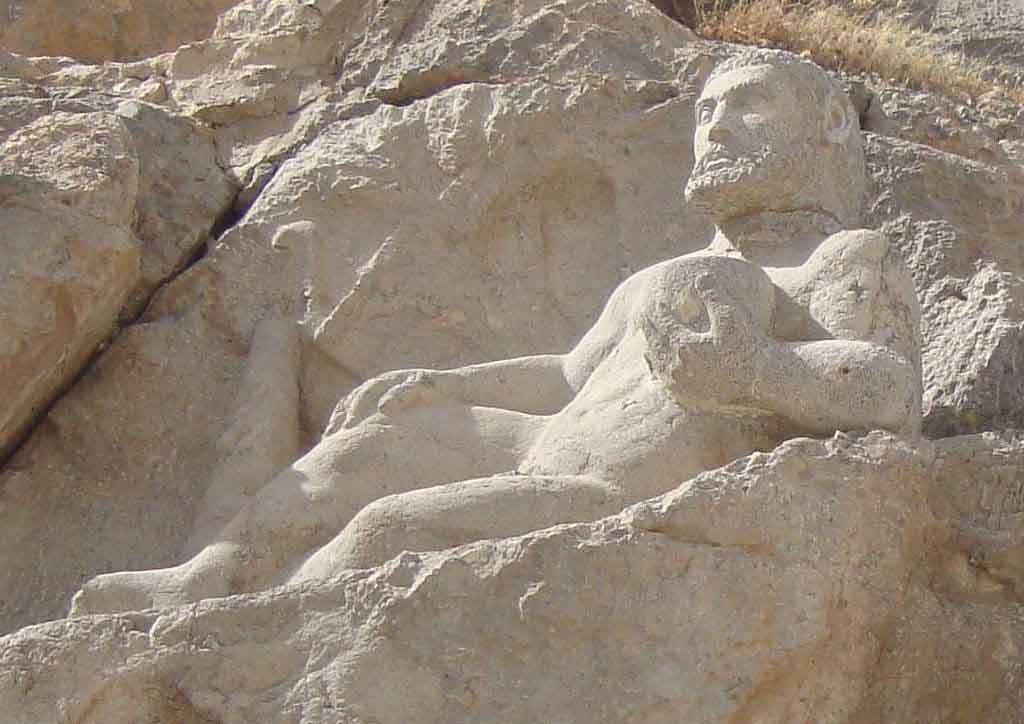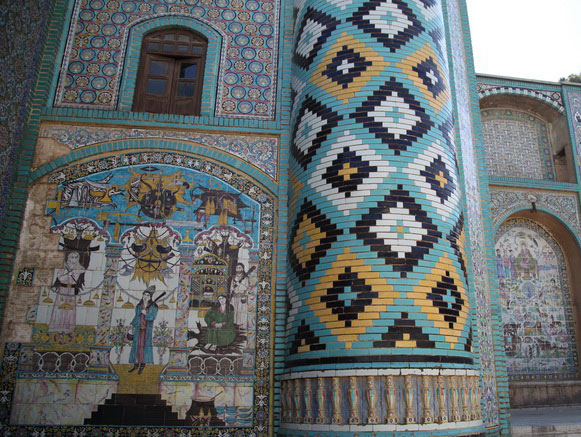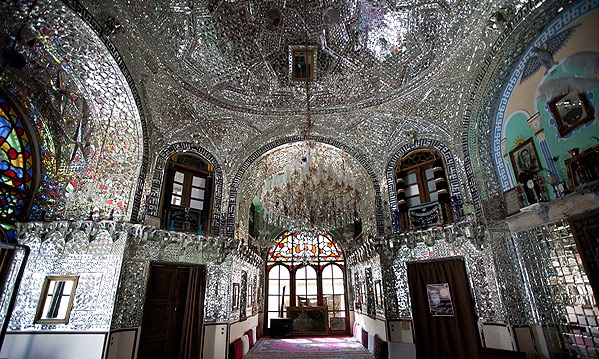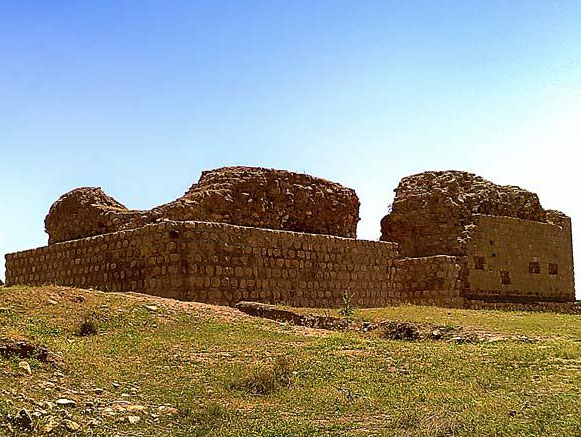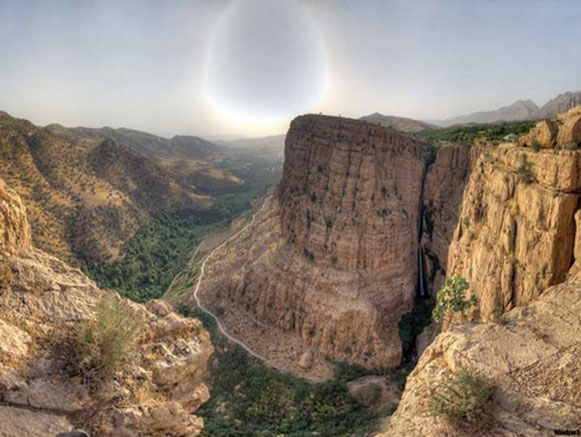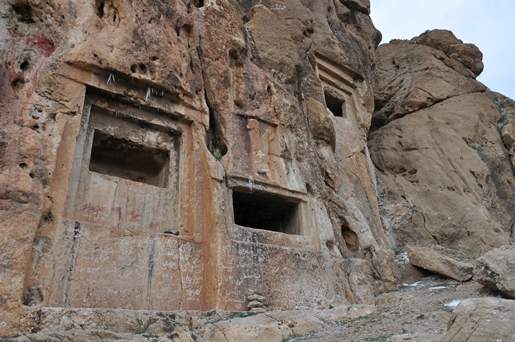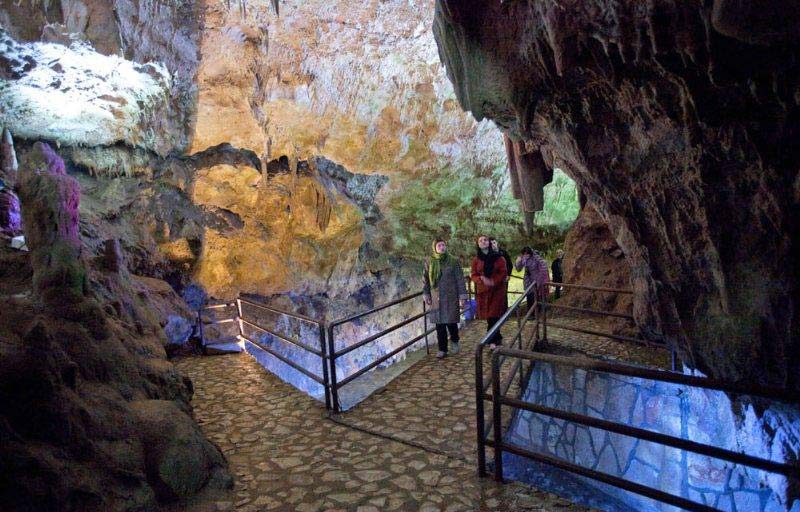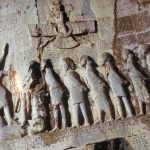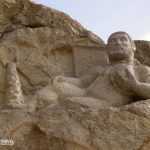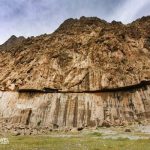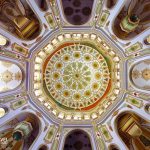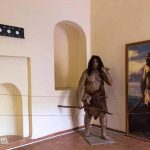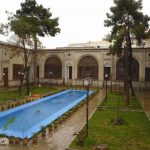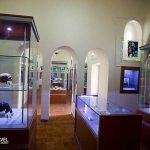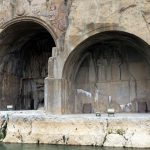Bisotun Inscription (سنگ نوشته بیستون) is the greatest inscription in the world, the first known Iranian text and a relief from Achaemenid era (520 years BC.) located in Bistoon City, a suburb of Harsin City, 30 kilometers from Kermanshah and on the outskirts of Bistoon Mountain. Bistoon Inscription is one of the most important and famous historical documents of the world during the Achaemenid that is a description of the victory of Darius the great over Gaumata and enslavement of rebels.
Major points of Bistoon inscription include: introduction of Darius in his own words, Achaemenid dynasty, restoration of monarchy to Archaemenid, Darius’s governance, death of Cambyses, Gaumata rebellion and his death, rebellion in many lands and their repression, restoration of lands that had refused submission, Darius’s nineteen war victories such as the important and difficult victory over Scythians, establishment of peace and safety in the vast empire, rejection of anti—government outlaw’ claims, warning against lying, defending truth and honesty, praying for the country and its nation, Darius’s thank to Ahouramazda for his help in overcoming opponents and retrieving peace, advice to future kings who will read Bistoon inscription, name of those who supported Darius overcome Gaumata and reference to the publication of inscription throughout the Archeemenid territory in cuneiform and in three languages of Persian, Babylonian and Elamite.


